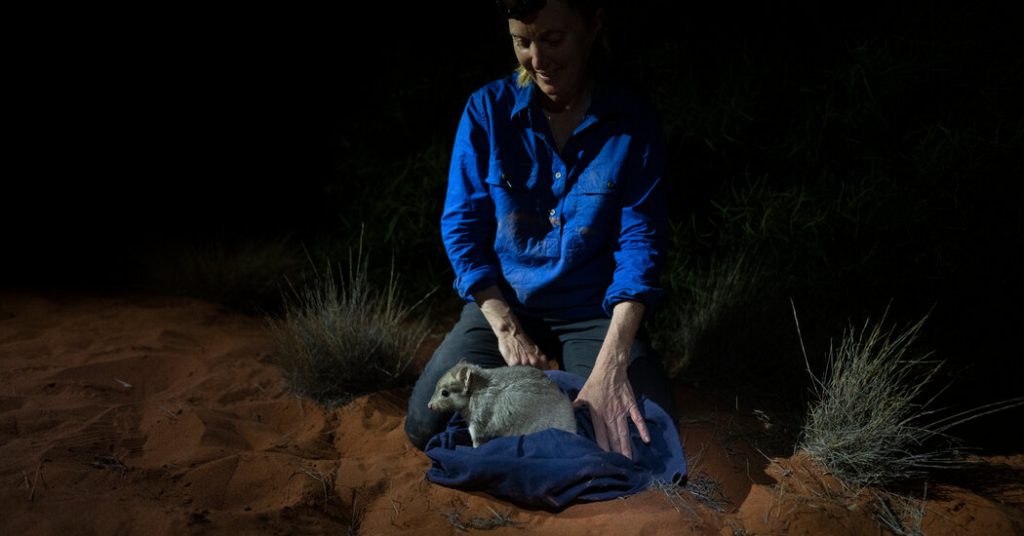Katherine Moseby is a principal scientist at Arid Recovery, a conservation nonprofit in South Australia, where she works to protect native wildlife from the threat of feral cats. Despite her respect for cats as hunters, she acknowledges the harm they cause to vulnerable marsupials in the region. With extensive fencing in place, the constant vigilance of pest control contractors is necessary to keep the cat population at bay. Dr. Moseby has come to the stark realization that a choice must be made between cats and wildlife, leading to the decision to actively manage the feral cat population.
In Australia, where no native feline species exists, the presence of feral cats has been a major contributor to the extinction of at least 34 species of native mammals. Conservation efforts at Arid Recovery, led by Dr. Moseby and her husband John Read, have focused on developing new tools for reducing the number of feral cats in the region. They have experimented with toxic implants injected into vulnerable prey animals, as well as the development of the Felixer, a machine that sprays toxic gel onto passing cats. These innovative approaches have proven to be effective in reducing the feral cat population in certain areas.
While many Australians support lethal control measures against feral cats, the topic remains controversial due to concerns about animal welfare and the resemblance of feral cats to beloved pets. Some scientists and conservationists argue for alternative strategies to protect endangered species from predation, emphasizing the need for creative solutions that consider the complex ecosystems in which cats are now a part. Drs. Moseby and Read have faced criticism and backlash for their efforts to control the feral cat population, but they remain committed to their mission to protect native wildlife.
In addition to reducing the feral cat population, Dr. Moseby recognizes the importance of addressing prey naïveté, a lack of recognition and response to feline threats among Australian animals. By exposing threatened prey to feral cats in controlled environments, researchers aim to accelerate natural selection and teach animals survival behaviors. The results of these experiments have shown promising outcomes, with prey animals demonstrating increased caution and survival skills in the presence of cats.
As conservation efforts continue, Dr. Moseby and her team are exploring the use of native predators, such as the western quoll, to help improve the responses of vulnerable animals to cat predation. By studying the interactions between different animal species, researchers hope to find innovative ways to protect native wildlife in the presence of feral cats. Despite the challenges and controversies surrounding feral cat control in Australia, conservationists like Dr. Moseby remain dedicated to finding effective solutions to protect endangered species and preserve the country’s unique ecosystems.


